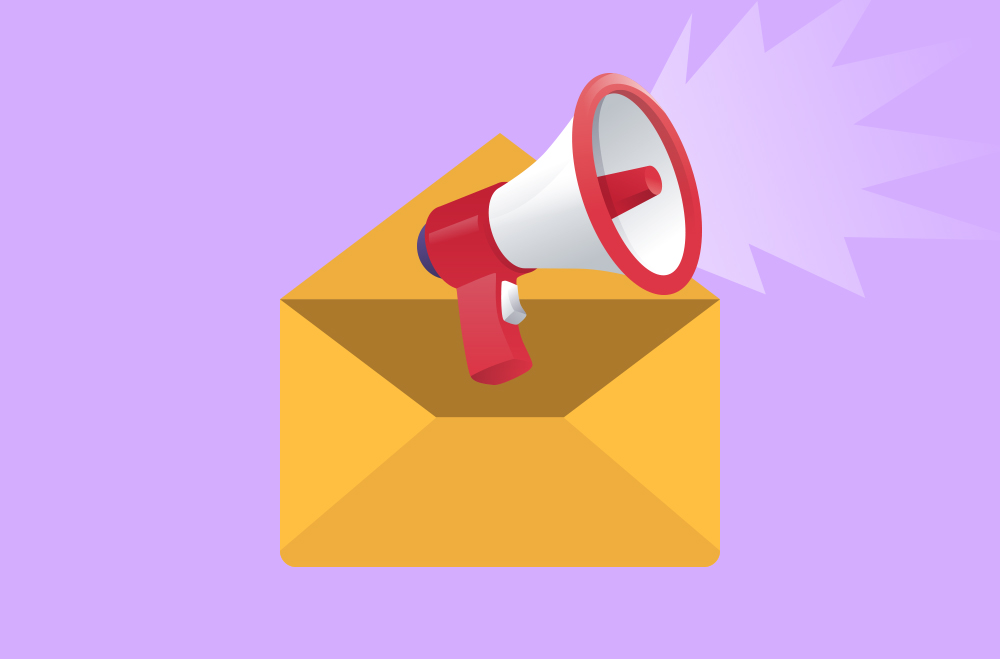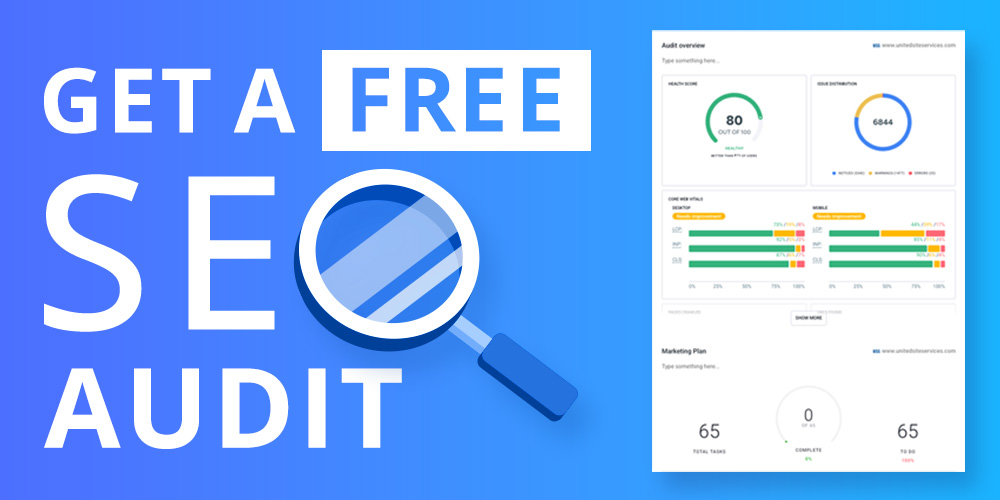


Email marketing remains a valuable channel for WooCommerce stores, though many store owners struggle with technical implementation and strategic execution. Modern email marketing requires understanding deliverability mechanics, authentication protocols, and behavioral triggers that go far beyond basic newsletter campaigns. This comprehensive guide examines the technical and strategic elements necessary for building effective email systems that drive measurable business results.
Success in eCommerce email marketing depends on mastering automation workflows, implementing proper segmentation logic, and understanding the technical infrastructure that ensures your messages reach inboxes rather than spam folders. We'll explore advanced personalization techniques, mobile optimization challenges, and the specific technical considerations that separate professional email operations from amateur efforts.
This chart visualizes the relative strategic focus required across key components of a modern WooCommerce email marketing system. Deliverability and automation demand deeper technical investment, while personalization and mobile optimization play vital but supportive roles in driving performance.
Email marketing's continued importance stems from several factors differentiating it from other digital channels. Unlike paid advertising platforms, where costs fluctuate and algorithm changes affect reach, email provides direct communication channels businesses own and control. However, this control comes with significant technical responsibilities.
Technical Reality Check: Email deliverability depends on SPF, DKIM, and DMARC authentication protocols. Even well-crafted campaigns can end up in spam folders without proper DNS configuration. Most store owners overlook these fundamental requirements, focusing instead on design and copy while their technical foundation crumbles.
The shift from third-party cookies has increased email's strategic value, but only for businesses that understand the underlying mechanics. Studies suggest strong ROI potential for email marketing, with some industry reports indicating returns of $30-40 per dollar spent, though these figures vary significantly based on implementation quality and industry vertical.
Effective email marketing begins with sophisticated list management beyond basic demographic segmentation. Professional email operations require understanding subscriber lifecycle stages, engagement patterns, and behavioral triggers that indicate purchase intent or churn risk.
Implementation Challenge: Most WooCommerce stores struggle with data integration between their email platform and customer database. Proper segmentation requires real-time data syncing, custom field mapping, and automated tagging based on purchase behavior, browsing patterns, and engagement metrics.
List hygiene involves more than removing inactive subscribers. Professional operations monitor engagement decay patterns, implement sunset sequences for disengaged users, and use suppression lists to prevent deliverability damage. The technical challenge lies in balancing list size with engagement quality while maintaining sender reputation.
Effective email content requires understanding cognitive load principles, visual hierarchy, and the constraints of email rendering across different clients. The technical challenge involves creating responsive designs that maintain visual integrity across Outlook, Gmail, Apple Mail, and mobile clients with varying CSS support.
Content Performance Factors: Subject line performance varies significantly by industry, audience, and send frequency. Testing should focus on specific elements: character count, emotional triggers, personalization tokens, and urgency indicators. However, what works for one audience segment may fail for another.
Professional email content strategies balance promotional messaging with educational value, avoiding the appearance of pure sales pitches that trigger spam filters and subscriber fatigue. The technical implementation requires understanding how content filters evaluate message content, image-to-text ratios, and sender reputation factors.
Email automation represents the most technically complex aspect of professional email marketing. Effective automation requires understanding trigger logic, conditional branching, and data integration patterns that respond to real-time customer behavior across multiple touchpoints.
Automation Complexity: Professional automation workflows involve multiple decision points, time delays, and conditional logic that can become increasingly complex. Common failure points include trigger timing conflicts, data sync delays, and improper exception handling when customer data changes mid-workflow.
The technical challenge lies in creating workflows that feel personal and timely while operating autonomously. This requires sophisticated data integration, proper error handling, and continuous monitoring to ensure workflows perform as intended when customer behavior deviates from expected patterns.
Modern email personalization extends far beyond inserting first names into subject lines. Professional implementation requires dynamic content generation based on behavioral data, predictive analytics, and real-time inventory information integrated with customer browsing and purchase history.
The technical challenge involves creating personalization systems that scale across thousands of subscribers while maintaining relevance and avoiding the uncanny valley effect, where personalization feels invasive rather than helpful. This requires sophisticated data integration and content management systems.
Personalization Implementation: True personalization requires robust data integration between your WooCommerce store, email platform, and potentially external data sources. The technical complexity increases exponentially when attempting real-time personalization based on current inventory, browsing behavior, and predictive analytics.
According to industry reports, over 70% of eCommerce emails are opened on mobile devices, creating significant technical challenges for email design and functionality. Mobile optimization requires understanding responsive design principles, touch interface design, and the specific limitations of mobile email clients.
Mobile Technical Challenges: Mobile email rendering involves complex CSS limitations, varying screen sizes, and touch interaction requirements. The technical challenge extends beyond responsive design to include load speed optimization, image compression, and ensuring functionality across different mobile email clients with varying capabilities.
Professional mobile email optimization requires testing across multiple devices, email clients, and network conditions. The technical implementation involves progressive enhancement strategies that ensure functionality even when advanced features fail to load correctly.
Professional email testing requires understanding statistical significance, sample size calculations, and proper experimental design. Many businesses run tests without sufficient sample sizes or control groups, leading to false conclusions about campaign performance.
Testing Implementation Challenges: Proper A/B testing requires understanding statistical significance, sample size requirements, and testing duration. Many email tests fail because they lack sufficient sample sizes, run for inadequate time periods, or test too many variables simultaneously, making results unreliable.
Effective testing strategies balance the desire for quick results with the need for statistically valid conclusions. This requires planning test duration, allocating sample size, and ensuring external factors don't contaminate results.
Professional email marketing measurement extends beyond basic open and click rates, including attribution analysis, customer lifetime value impact, and cross-channel performance integration. The technical challenge involves integrating email performance data with broader business metrics.
Sophisticated measurement strategies require understanding the limitations of email tracking, particularly with iOS privacy changes affecting open rate accuracy, and implementing alternative measurement approaches that provide more reliable insights into actual business impact.
Measurement Evolution: iOS Mail Privacy Protection has significantly impacted open rate tracking accuracy. Professional email marketers now focus more heavily on click-through rates, conversion tracking, and business outcome measurement rather than relying on potentially inflated open rate metrics.
Professional email marketing requires a robust technical infrastructure, including proper DNS configuration, authentication protocols, and sender reputation management. Many businesses focus on content and design while neglecting the technical foundation that determines whether emails reach inboxes.
Deliverability Technical Requirements: Email deliverability depends on SPF, DKIM, and DMARC authentication, dedicated IP warming procedures, and consistent sending patterns. Technical configuration errors can result in legitimate emails being filtered as spam, regardless of content quality.
The technical challenge involves maintaining sender reputation while scaling email volume, managing bounce handling procedures, and implementing proper list hygiene practices that prevent deliverability degradation over time.
Selecting appropriate email marketing tools for WooCommerce requires understanding technical integration requirements, data synchronization capabilities, and scalability limitations. The technical challenge involves balancing functionality with performance impact on your store.
Professional implementations require evaluating plugins based on their data integration capabilities, automation sophistication, and ability to handle complex segmentation without negatively impacting site performance.
WordPress-native solution with direct WooCommerce integration, suitable for businesses prioritizing data control and GDPR compliance.
Advanced automation platform with sophisticated trigger logic and workflow customization capabilities.
Self-hosted CRM solution with email marketing automation designed for WordPress integration.
Omnisend is an eCommerce-focused platform with powerful omnichannel automation.
Klaviyo offers robust automation and segmentation tools that align with WooCommerce.
Implementing professional-grade email marketing requires systematic approaches that address technical requirements, strategic planning, and ongoing optimization processes. The challenge lies in balancing immediate needs with long-term scalability requirements.
Many businesses attempt to implement advanced email marketing without an adequate technical foundation, leading to deliverability issues, poor user experience, and ultimately disappointing results. Professional implementation requires understanding the technical infrastructure and strategic elements necessary for sustained success.
Implementation Reality: Professional email marketing implementation often requires 3-6 months to reach optimal performance. This includes technical setup, automation workflow development, segmentation refinement, and iterative testing to optimize performance across subscriber segments.
Complex email marketing implementations often require specialized expertise beyond basic campaign creation. Professional email marketing involves technical challenges in areas like deliverability optimization, advanced automation logic, and cross-platform integration that many businesses lack the internal resources to address effectively.
When evaluating professional email marketing services, consider technical expertise in authentication protocol configuration, advanced segmentation logic, and automation workflow architecture. These technical foundations often determine success more than creative elements or basic campaign management.
Professional Service Considerations: Email marketing agencies vary significantly in technical expertise. Look for providers who demonstrate understanding of deliverability mechanics, automation logic design, and advanced analytics implementation rather than focusing primarily on creative design or basic campaign management.
Professional email marketing services should provide technical infrastructure assessment, advanced automation implementation, and ongoing optimization based on detailed performance analytics rather than surface-level metrics.
Effective eCommerce email marketing requires balancing technical expertise with strategic planning to create systems that scale efficiently while maintaining personal relevance for subscribers. The technical challenges involved in professional email marketing often exceed what most businesses can effectively manage internally without dedicated expertise.
Success depends on understanding the technical infrastructure requirements, implementing sophisticated automation logic, and continuously optimizing based on detailed performance analytics. These elements create email marketing systems that drive sustainable business growth rather than short-term promotional results.
For businesses serious about implementing professional-grade email marketing systems, working with experienced technical specialists can provide the expertise necessary to navigate complex implementation challenges and achieve optimal results. Investing in proper technical foundation and strategic implementation typically pays dividends through improved performance, better customer relationships, and sustainable revenue growth.

"*" indicates required fields

"*" indicates required fields

"*" indicates required fields